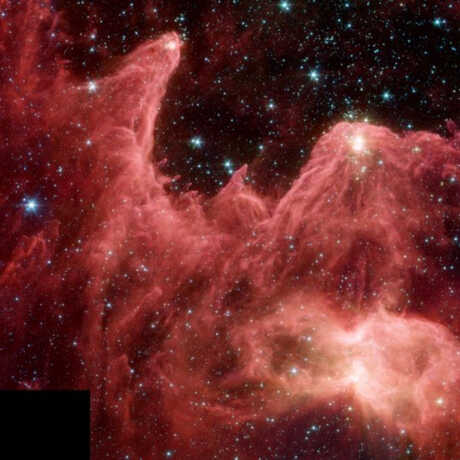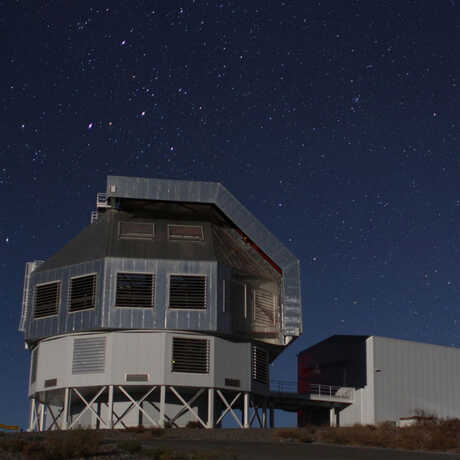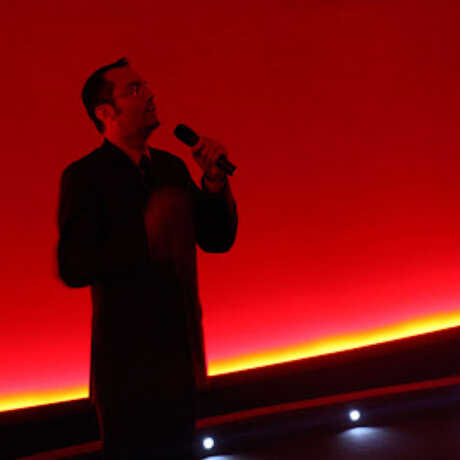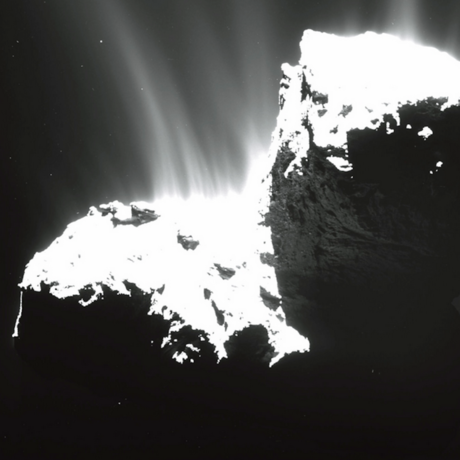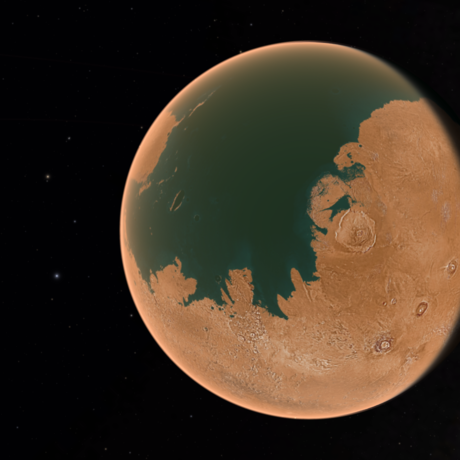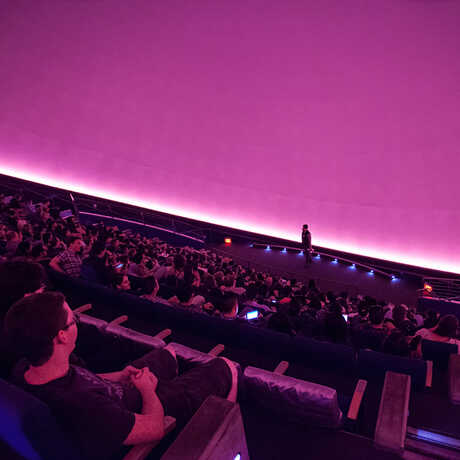Ryan Wyatt first fell for astronomy as a kid, when his Northern Indiana-based family made a special trip to Chicago’s Adler Planetarium. “That giant projector filled me with a sense of awe,” says Wyatt. “Learning that the Sun wasn’t going to live forever was a horrifying idea to me as a seven-year-old, but it made a huge impression.”
At the start, Wyatt recalls, it wasn’t the aesthetics of the night sky that fascinated him; instead, he was drawn to the larger concepts and theories of the field. “Even as a youngster,” he says, “I sought out a holistic picture. If I learned that a particular star was eight light years away—or a hundred light years away—I’d think about the present moment and how stargazing provides this unique window to gaze into the past.”
That holistic approach can also be seen in the wide range of books that spill from Wyatt’s office shelves, from massive tomes on astrophysics to volumes of ancient mythologies. “In school,” he says, “I was struck by how much detailed information is embedded in these oral traditions. Take the constellation of Taurus, the bull. The Greek myth doesn’t only explain what season or time of day the constellation appears; it’s also a story about a hunt. The story itself provides people with a sense of movement across the sky.”
After earning an undergraduate degree in Astronomy from Cornell University and studying for a Masters in space physics and astronomy from Rice University, Wyatt went on to work for a number of planetariums across the country before settling into a six-year stint as Science Visualizer for the American Museum of Natural History in New York City. He joined the Academy in April 2007—just in time to help shape what the new Morrison Planetarium would become.

